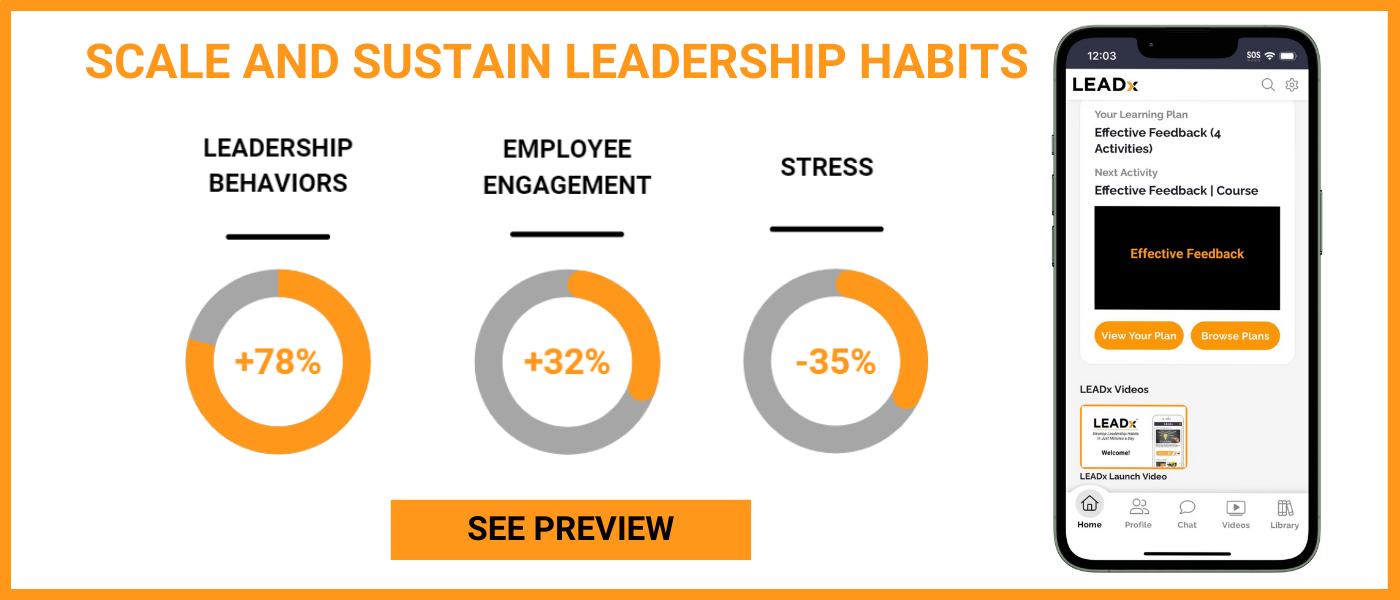
For decades, leadership operated under the illusion that the world moved in straight lines. Cause and effect were predictable. If you did X, you got Y. Plans were built, forecasts were updated but reliable, and leaders measured success with logical progressions.
Welcome to 2025. That illusion is no more..
 The rise of the BANI framework – Brittle, Anxious, Nonlinear, and Incomprehensible – makes one thing clear: we live in a nonlinear world. Outcomes no longer follow inputs in predictable ways. A small decision or small mistake can snowball into massive disruption. An unrelated event halfway around the globe can bring your business to a standstill.
The rise of the BANI framework – Brittle, Anxious, Nonlinear, and Incomprehensible – makes one thing clear: we live in a nonlinear world. Outcomes no longer follow inputs in predictable ways. A small decision or small mistake can snowball into massive disruption. An unrelated event halfway around the globe can bring your business to a standstill.
Think of nonlinearity like weather systems: a slight temperature shift in one part of the world can unleash a hurricane thousands of miles away. For example:
- In 2021, a single cargo ship – the Ever Given – blocked the Suez Canal for six days. The ripple effects were monumental: global trade was thrown into chaos, delaying billions of dollars’ worth of goods. One ship. Six days. A crisis for global supply chains.
- Also in 2021, a Reddit user sparked the GameStop stock surge, sending its price from $17 to nearly $500. A few thousand retail investors put the giant hedge fund, Melvin Capital, out of business.
- In October of 2023, Hamas militants attacked Israel and in an unforeseen chain of events Syrian dictator Bashar al-Assad was overthrown.
These examples are from headlines, but there are countless other examples of relatively small “unrelated” events changing the course of companies, business units, and teams.
Here are five strategies leaders can use to succeed in a non-linear world.
Leaders Must Prioritize Experimentation Over Planning
In a linear world, the perfect plan was everything. You created a five-year strategy, laid out milestones, and executed with precision. In a nonlinear world, plans can become obsolete overnight.
What to do instead:
- Think like a scientist: Test ideas, measure results, and iterate quickly.
- Run small experiments: Take calculated risks on innovative ideas. Fail fast, learn faster.
- Be adaptable: Let go of the idea that one plan will see you through. Flexibility is the new efficiency.
Stop Thinking Big. Start Thinking Small.
Nonlinear change is often triggered by small events. Leaders obsessed with “big moves” overlook the power of micro-decisions to shape entire outcomes.
What to do instead:
- Focus on micro-changes: Tweak processes, culture, or communication styles. Small shifts can produce outsized impacts.
- Empower teams: Encourage your team to take action on small, manageable ideas.
- Watch for ripple effects: Monitor how small decisions influence larger systems, and pivot accordingly.
Leaders Must Embrace Uncertainty
Nonlinear systems create an unsettling truth: you can’t predict the future. Leaders who cling to certainty make slow decisions, hesitate to act, or double down on outdated strategies.
What to do instead:
- Make decisions without perfect information: The longer you wait for certainty, the further you fall behind.
- Focus on progress, not perfection: Take action, learn, and adjust as you go.
- Stay humble: Nonlinear systems don’t reward ego. Stay open to changing your mind when the data demands it.
Build Resilient Systems
In a nonlinear world, one shock can break your system. Resilience isn’t about avoiding shocks; it’s about bouncing back quickly when they hit.
What to do instead:
- Diversify suppliers and strategies: Spread risk across multiple points of failure.
- Stress-test your systems: Identify where your operations are vulnerable and strengthen them now.
- Plan for recovery, not just prevention: Have contingency plans in place to respond quickly when disruptions happen.
Look for Patterns in the Chaos
Nonlinear systems look chaotic, but patterns emerge over time. Leaders who spot these patterns before others gain an edge.
What to do instead:
- Collect real-time data: Monitor signals from your customers, teams, and markets.
- Identify trends early: Spotting a trend before it becomes obvious can give you a massive competitive advantage.
- Act on insights: Nonlinearity rewards leaders who move fast when they see opportunities.
The Takeaway
The linear world is gone. Nonlinearity demands a new kind of leadership – one built on experimentation, agility, and resilience. I call this approach Futurecasting. The leaders who thrive in a nonlinear world think small, embrace uncertainty, and act fast.
The future doesn’t reward those who wait for straight lines to appear. It rewards those who can navigate the twists, turns, and chaos.
Linear strategies are dead. Nonlinear leadership is your new playbook. Adapt or fall behind.






